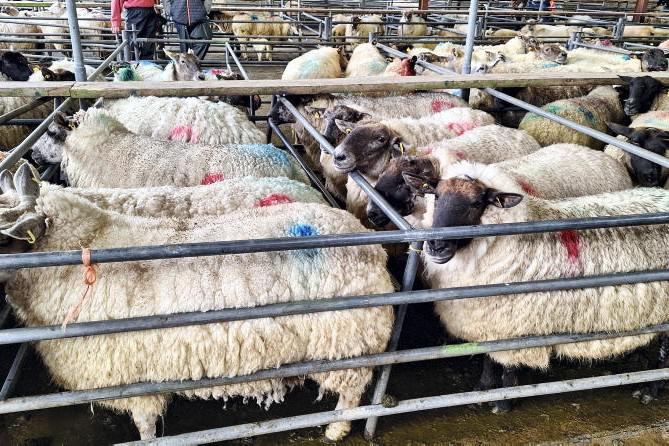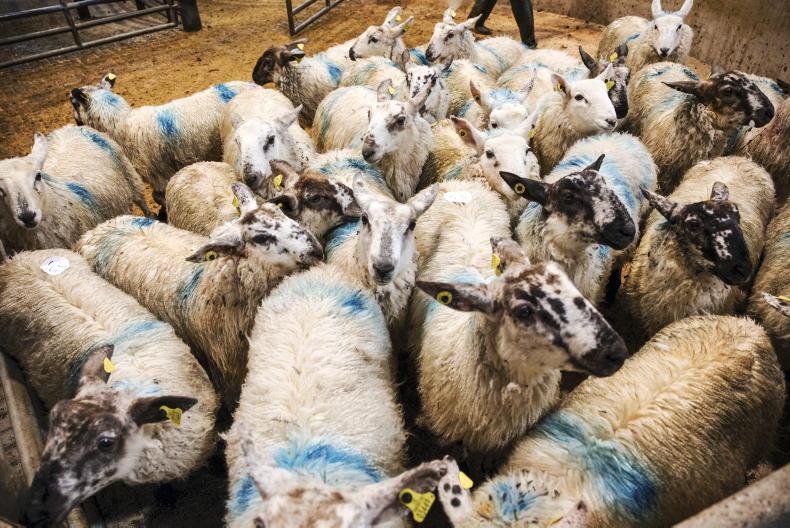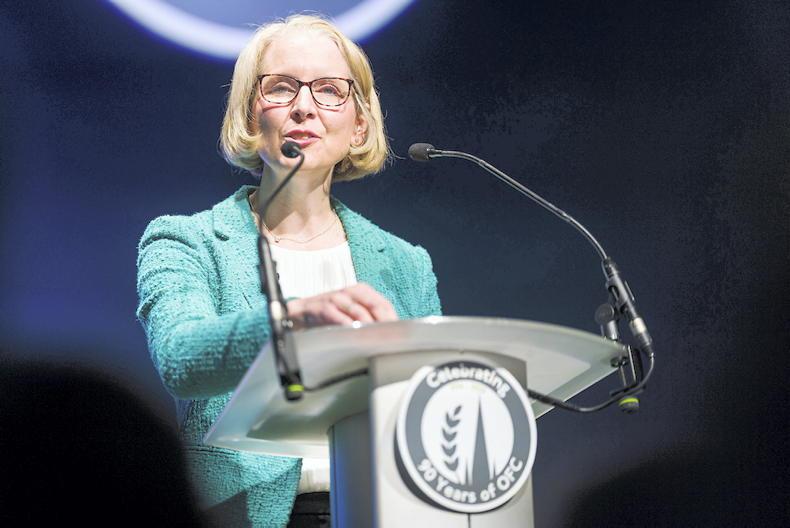A sharp fall in the UK’s sheep flock of some 5.1% has been recorded in the latest Department of Environment, Food and Rural Affairs (DEFRA) census taken on 1 December 2023.
The reduction, reported this week by trainee analyst with the Agriculture and Horticulture Development Board (AHDB) Annabel Twinberrow, leaves the UK sheep flock at 21.2m head and equates to a drop of 1.14m head compared with December 2022 levels.
The greatest numerical reduction was in the female breeding flock, which contracted year on year by almost 616,000 head or 4.3%.
The category ‘other sheep and lambs’ recorded a higher percentage reduction of 6.6%, with the actual reduction recorded at 527,801 head, leaving the number of ‘other sheep and lambs’ at 7.42m head, as detailed in Table 1.
This tallies with earlier forecasts predicting that the number of hoggets carried forward to 2024 would be in excess of 400,000 head lower.
Reduced output
As detailed in the line graph below, the UK breeding ewe flock is now at its lowest level for over a decade.

UK breeding ewe numbers have fallen to their lowest level in over a decade
The reduction in breeding ewe numbers will have a knock-on effect on lamb output in 2024. This is leaving aside other factors which are expected to have an effect on productivity.
Industry commentators predict greater issues with schmallenberg virus, while the threat of bluetongue virus remains.
There are some commentators predicting higher litter sizes, which could lessen the impact of reduced breeding ewe numbers, but there are also lots of reports which cast doubt on this.
The AHDB is not expecting a recovery in breeding ewe numbers in 2024, with high cull ewe prices also thought to be contributing to the reduction in ewe numbers.
A sharp fall in the UK’s sheep flock of some 5.1% has been recorded in the latest Department of Environment, Food and Rural Affairs (DEFRA) census taken on 1 December 2023.
The reduction, reported this week by trainee analyst with the Agriculture and Horticulture Development Board (AHDB) Annabel Twinberrow, leaves the UK sheep flock at 21.2m head and equates to a drop of 1.14m head compared with December 2022 levels.
The greatest numerical reduction was in the female breeding flock, which contracted year on year by almost 616,000 head or 4.3%.
The category ‘other sheep and lambs’ recorded a higher percentage reduction of 6.6%, with the actual reduction recorded at 527,801 head, leaving the number of ‘other sheep and lambs’ at 7.42m head, as detailed in Table 1.
This tallies with earlier forecasts predicting that the number of hoggets carried forward to 2024 would be in excess of 400,000 head lower.
Reduced output
As detailed in the line graph below, the UK breeding ewe flock is now at its lowest level for over a decade.

UK breeding ewe numbers have fallen to their lowest level in over a decade
The reduction in breeding ewe numbers will have a knock-on effect on lamb output in 2024. This is leaving aside other factors which are expected to have an effect on productivity.
Industry commentators predict greater issues with schmallenberg virus, while the threat of bluetongue virus remains.
There are some commentators predicting higher litter sizes, which could lessen the impact of reduced breeding ewe numbers, but there are also lots of reports which cast doubt on this.
The AHDB is not expecting a recovery in breeding ewe numbers in 2024, with high cull ewe prices also thought to be contributing to the reduction in ewe numbers.











SHARING OPTIONS